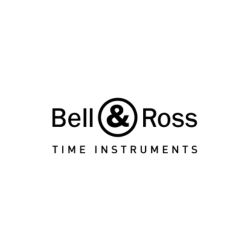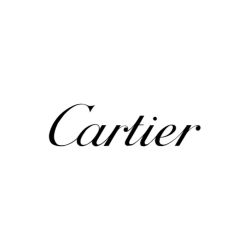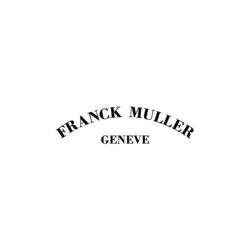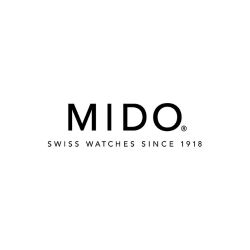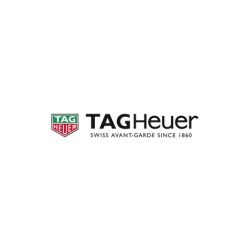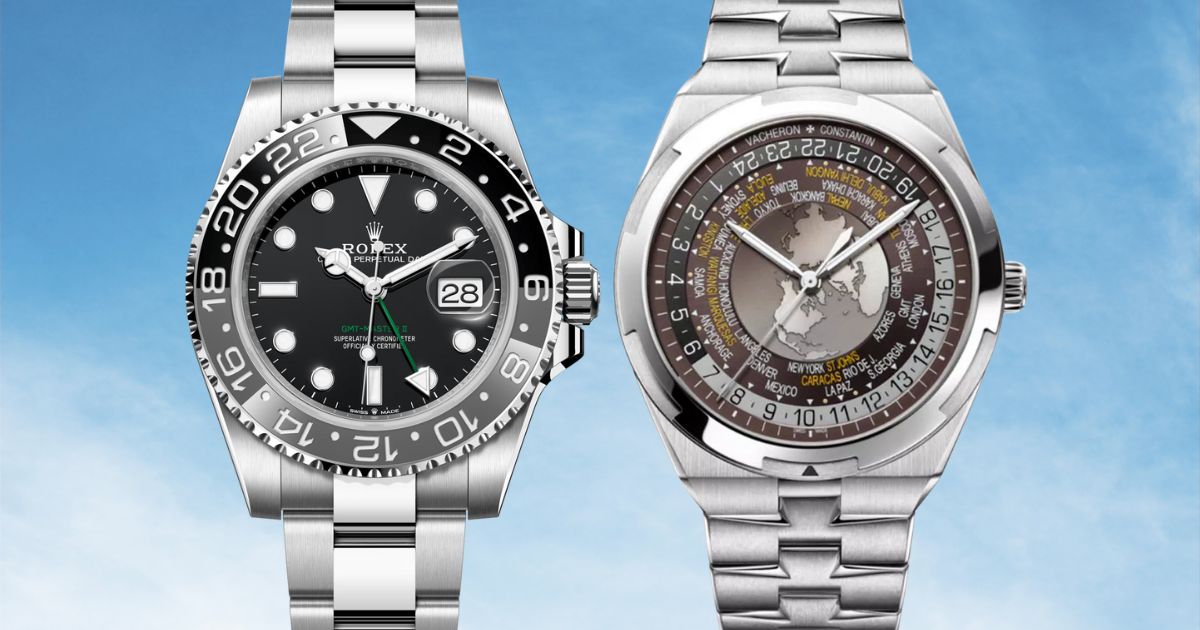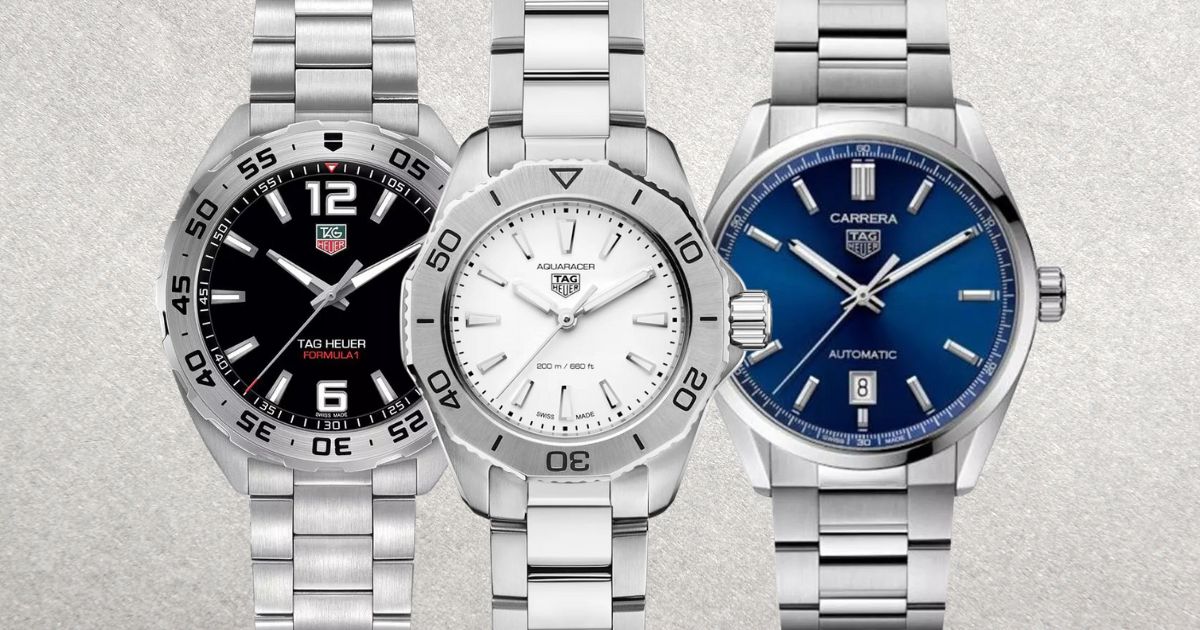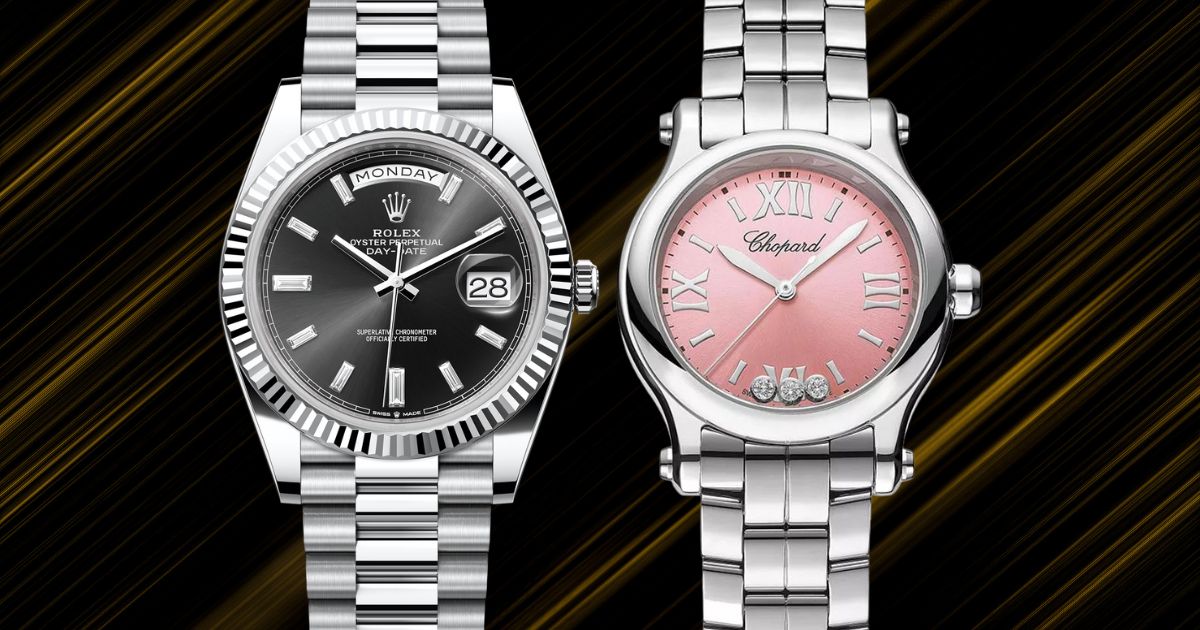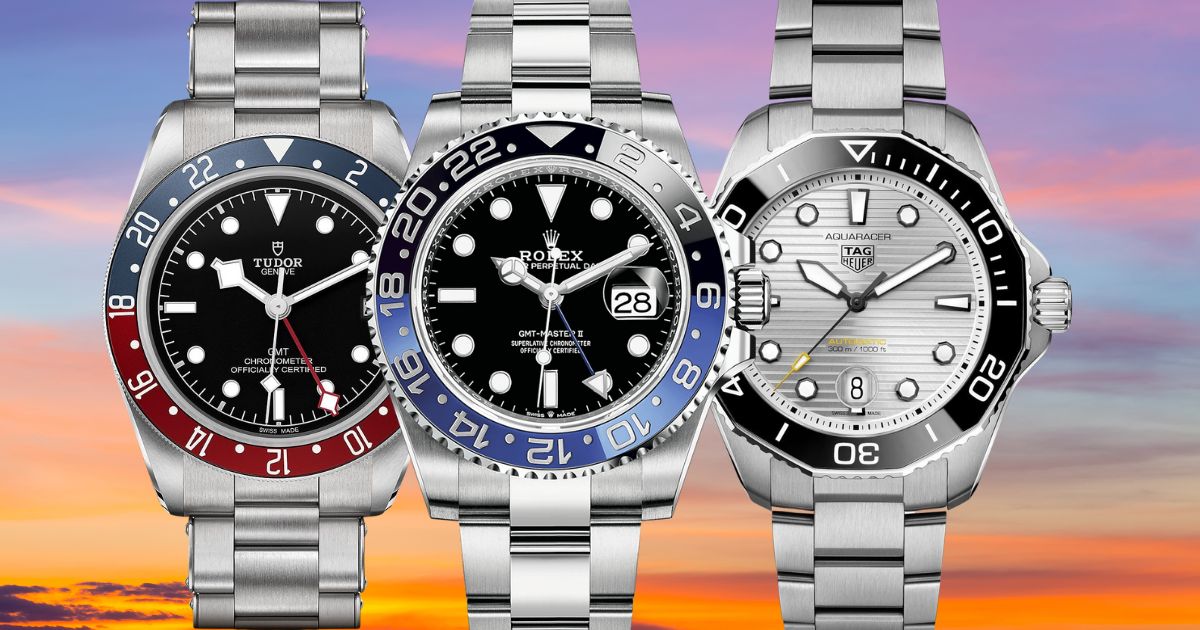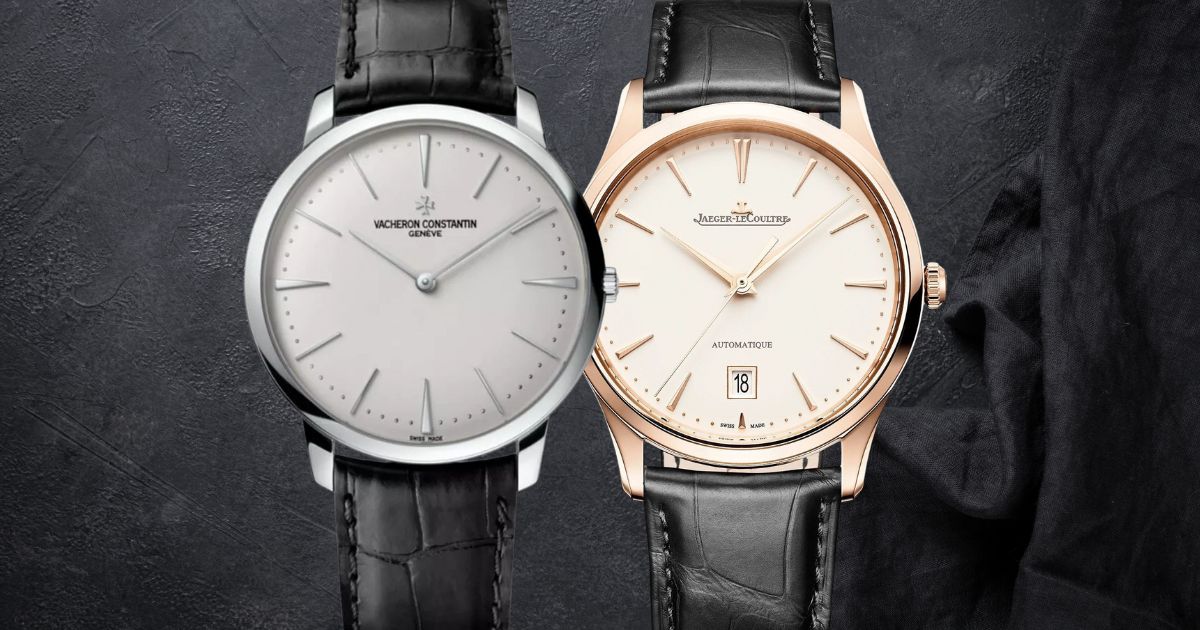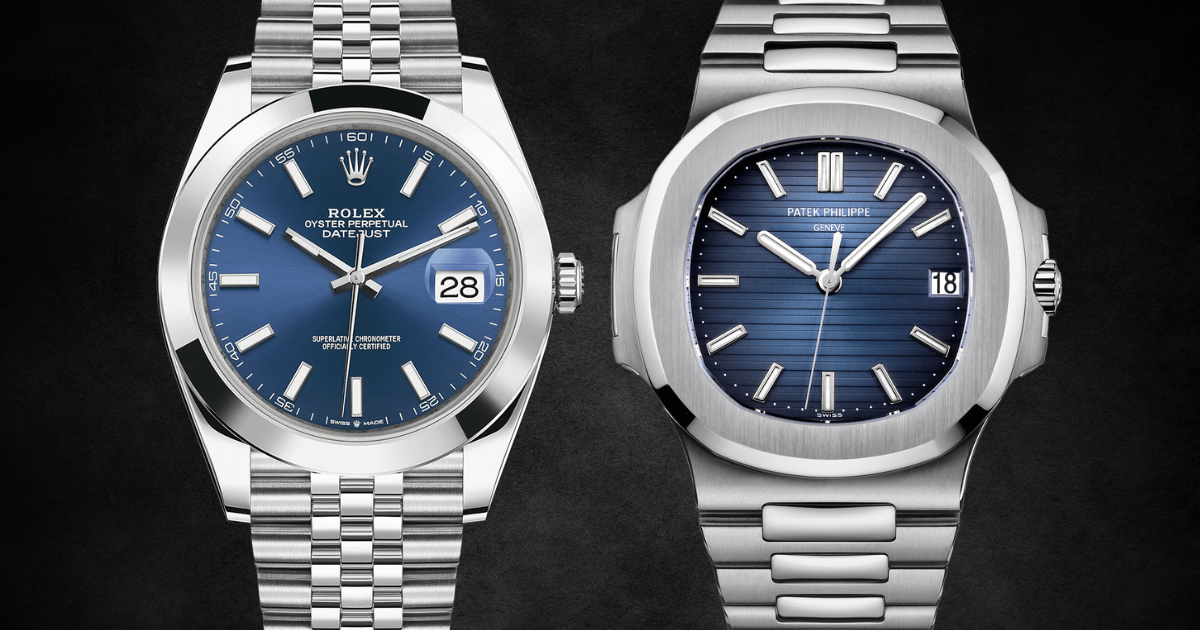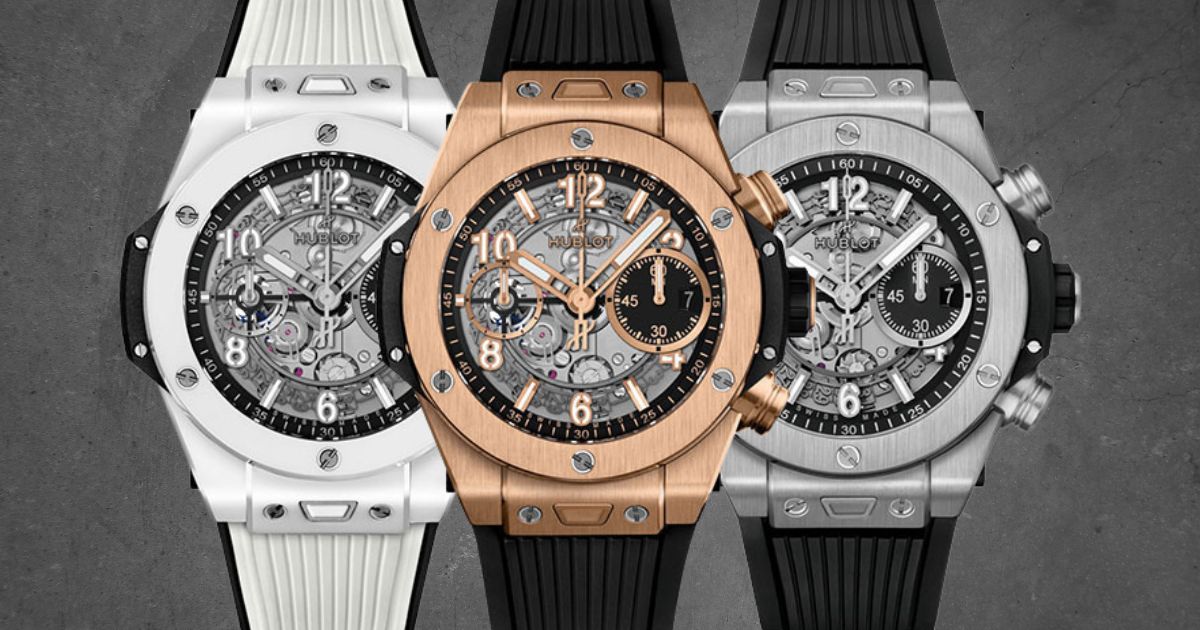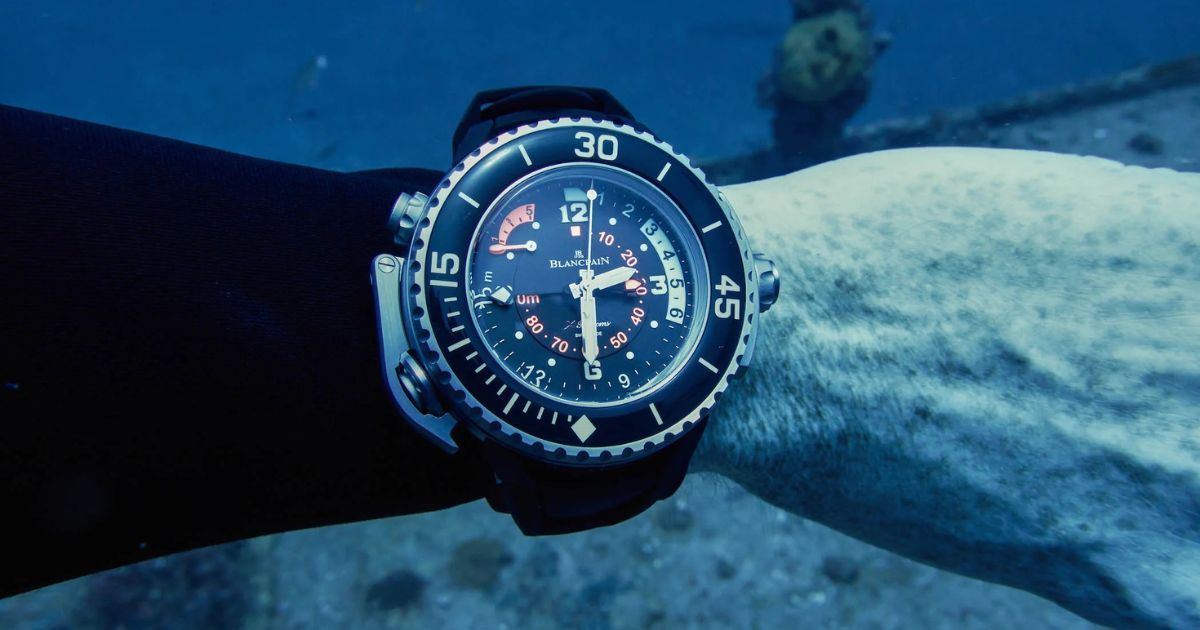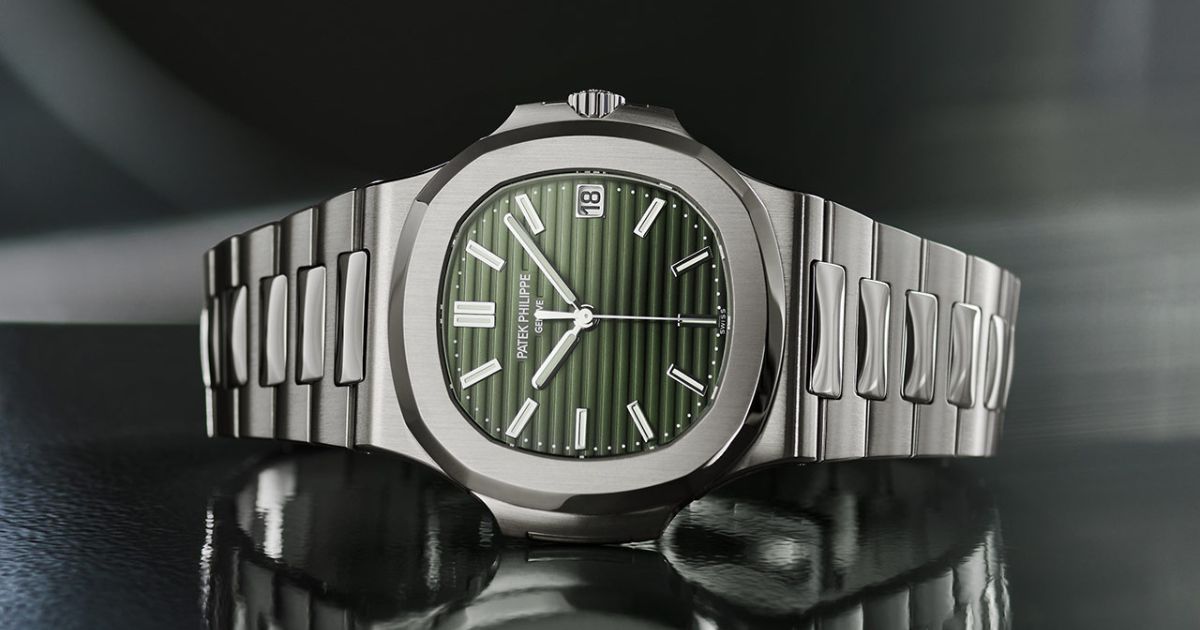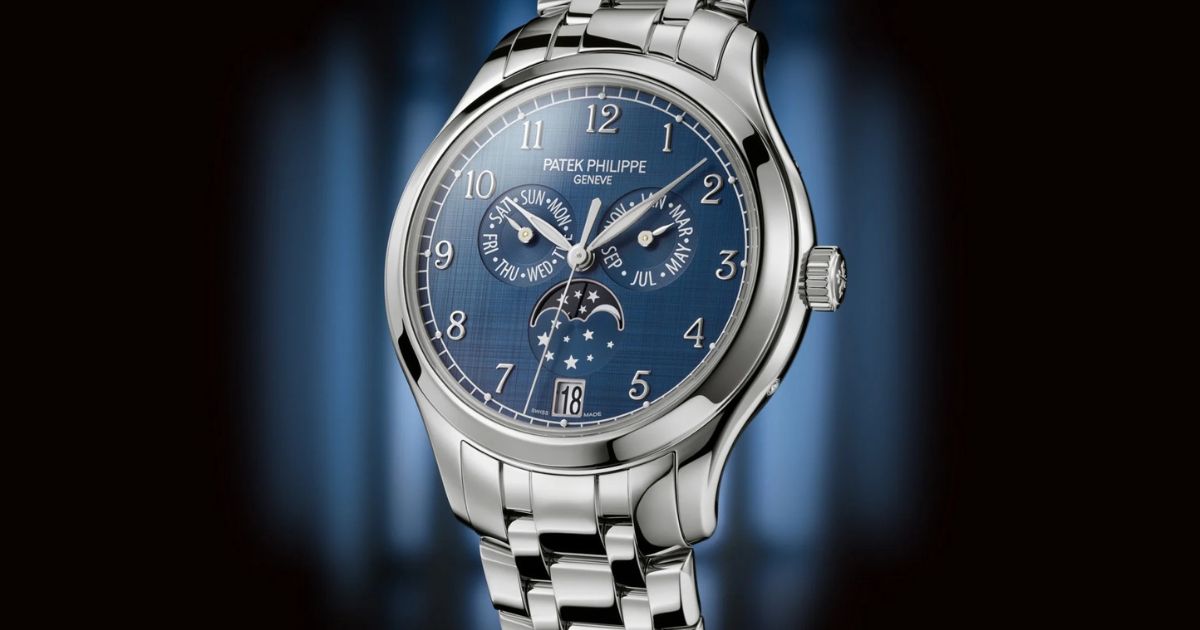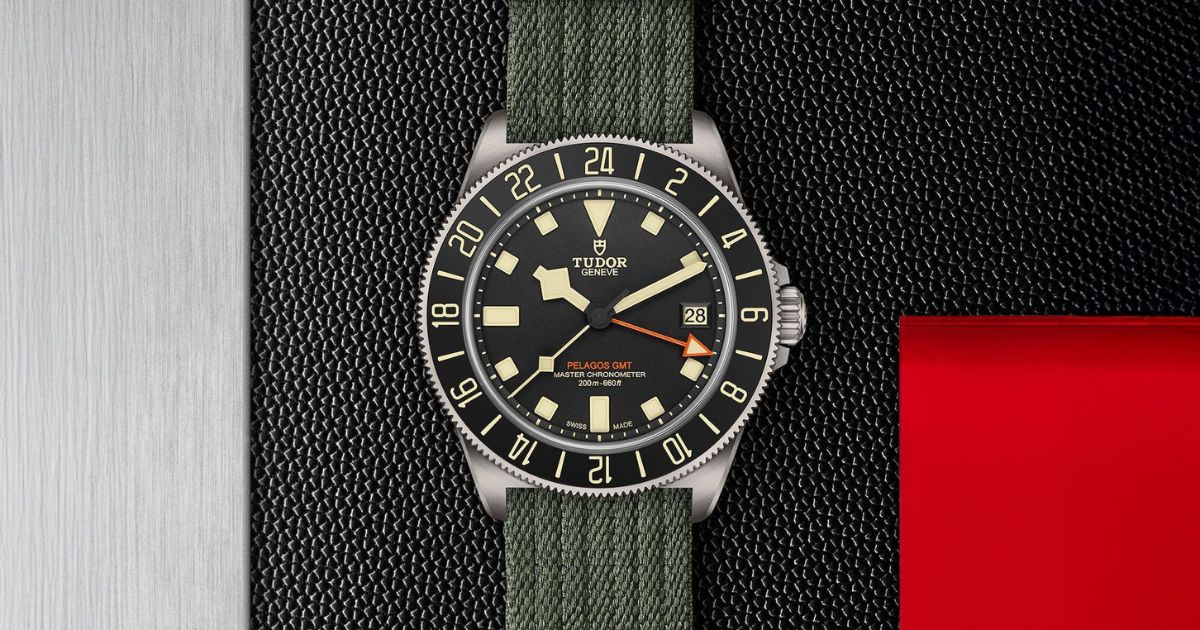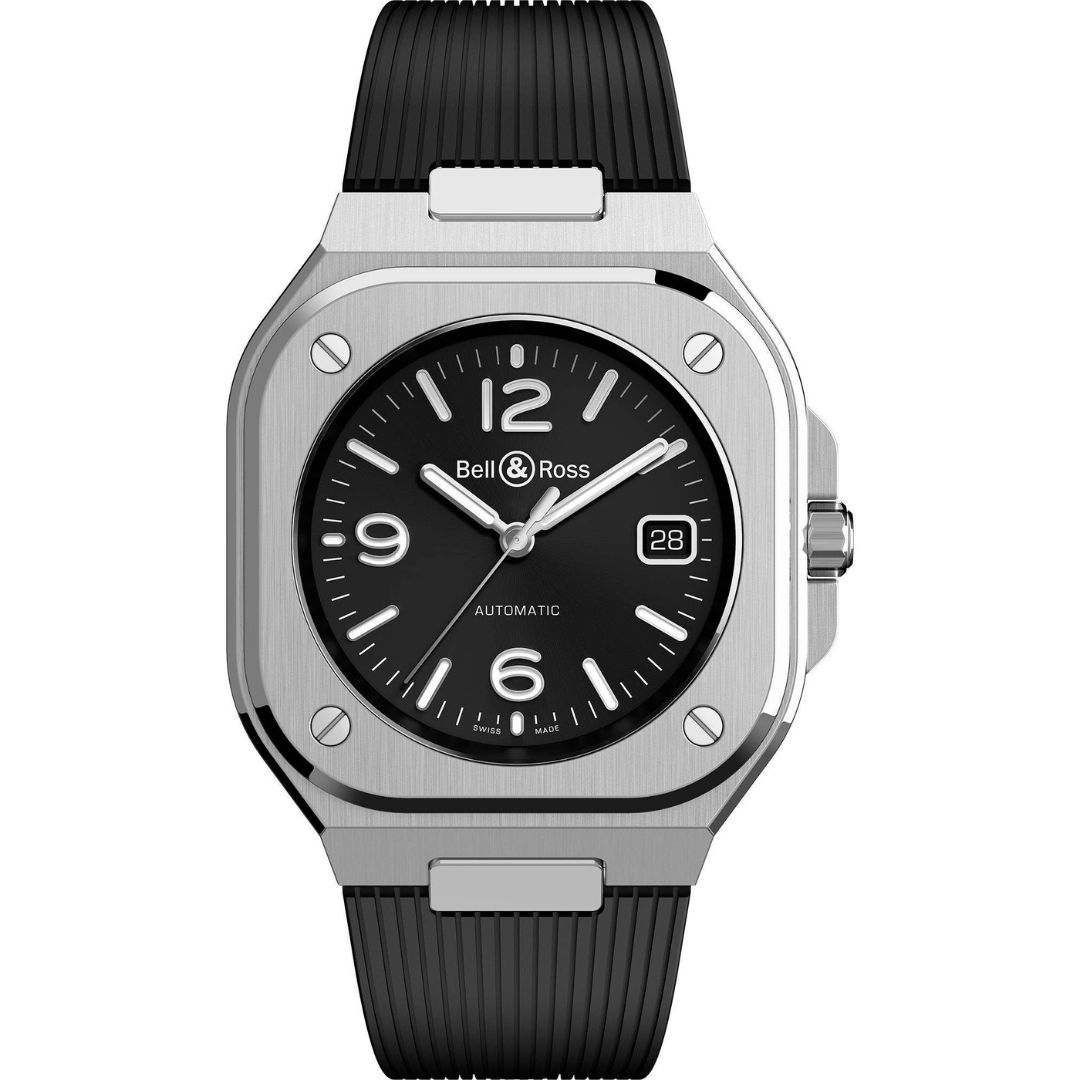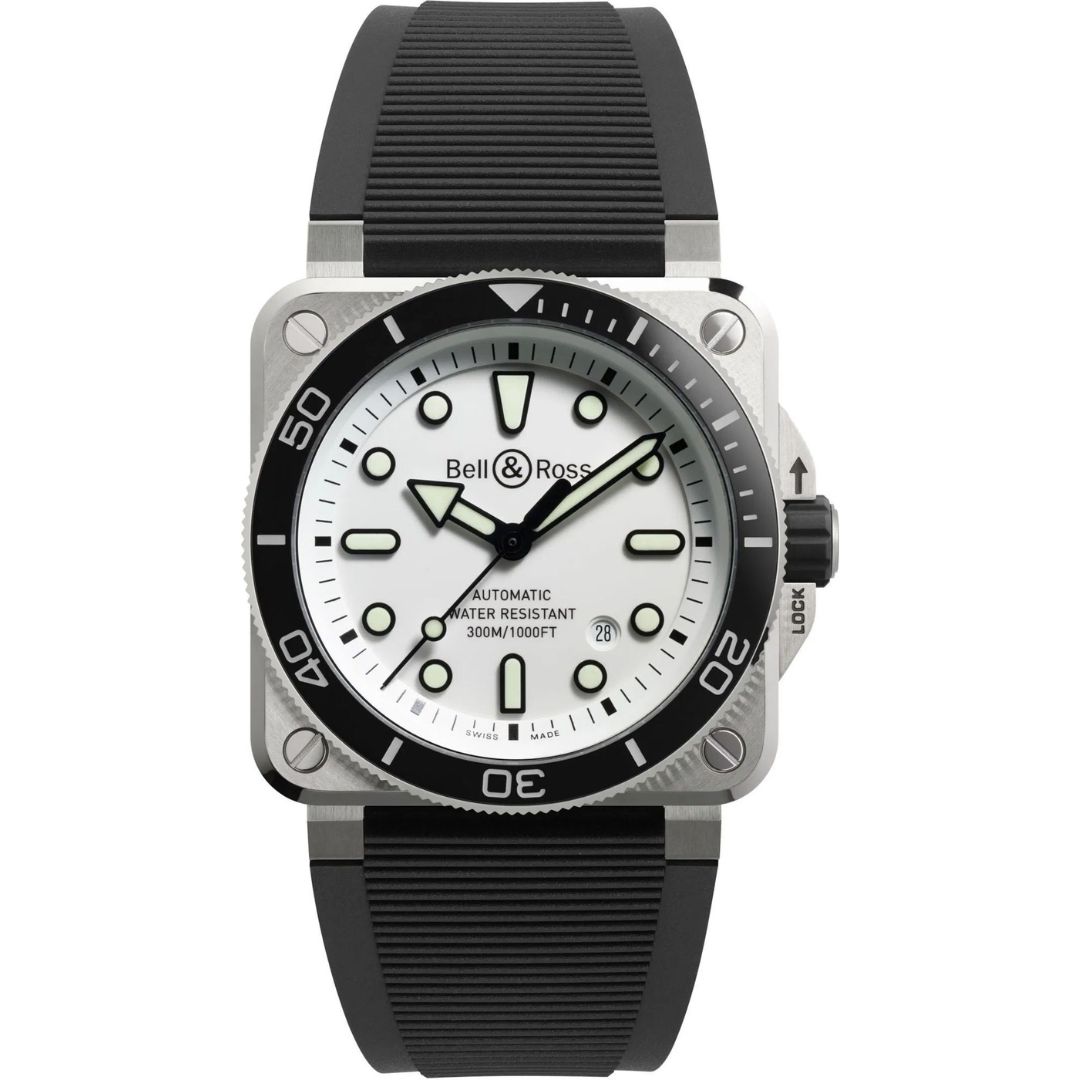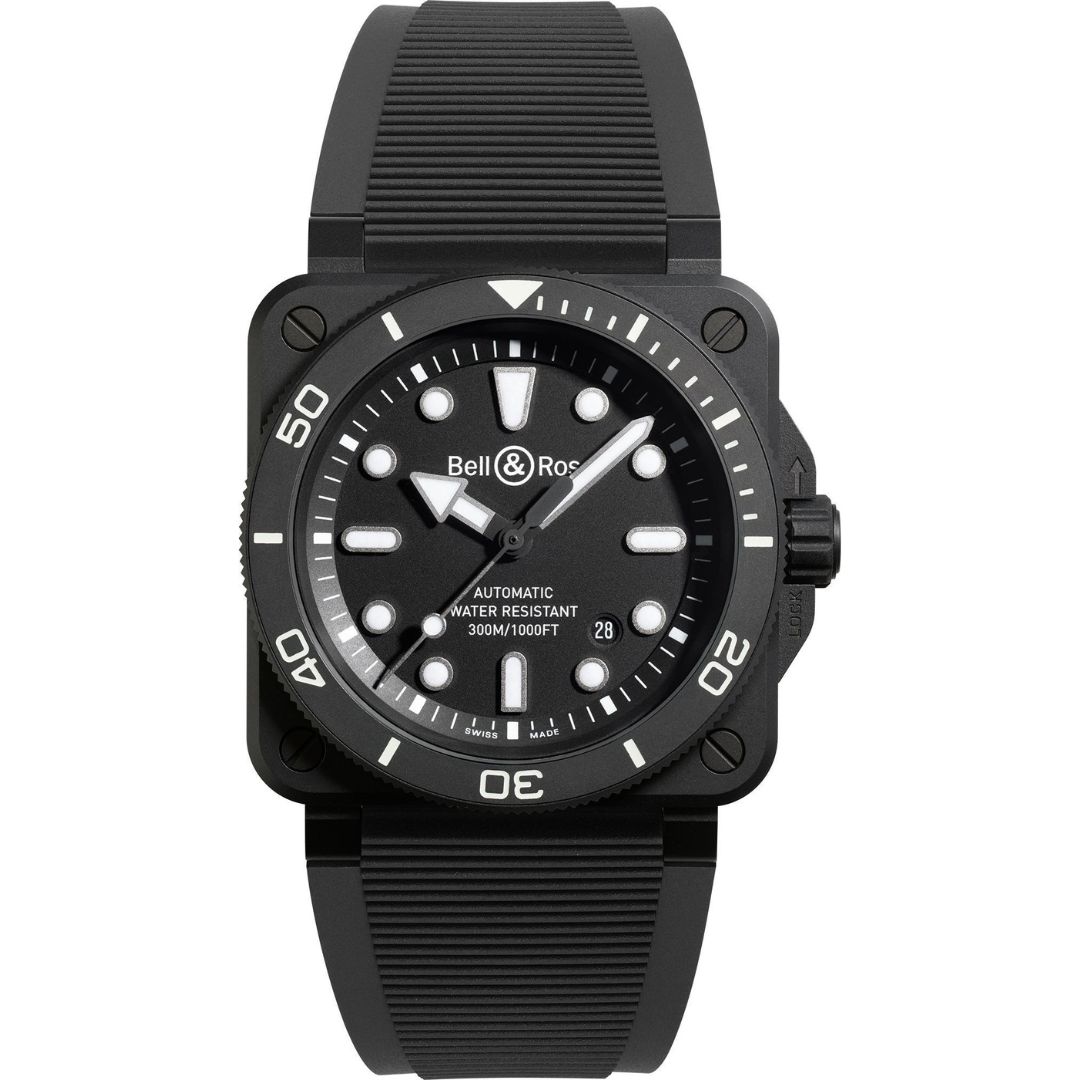The Zenith El Primero is one of the most iconic chronographs in the history of watchmaking. First launched in 1969, the El Primero was among the first automatic chronograph movements and remains a benchmark in high-frequency watchmaking. But before you pull the trigger on this legendary timepiece, here are five important things to know.
1. The Movement is a Piece of Horological History
The El Primero movement is celebrated as one of the first automatic chronographs ever made, competing with the likes of the Heuer-Breitling-Caliber 11 and Seiko 6139. What sets the El Primero apart is its high-beat frequency of 36,000 vibrations per hour (vph)—allowing the chronograph to measure time to 1/10th of a second. This level of precision was groundbreaking at the time and remains impressive today.
Buying an El Primero isn’t just about owning a watch—it’s about wearing a legacy on your wrist.
2. There Are Many Variations—Know What You’re Getting
Zenith has released dozens of El Primero models over the years, from vintage-inspired tributes to ultra-modern renditions. Key models include:
- A386 Revival – faithful recreation of the 1969 classic.
- Chronomaster Sport – a modern take with a ceramic bezel and Rolex Daytona vibes.
- Chronomaster Original – a dressier, vintage-styled chronograph.
- Defy El Primero 21 – a futuristic 1/100th-second chronograph with twin escapements.
Before buying, figure out which style and size suit your taste. Case sizes range from 38mm to over 44mm, so wrist fit is something to consider seriously.
3. Not All El Primeros Are Created Equal
While the “El Primero” name is widely used, not every model features the exact same movement. For instance, the classic El Primero 400 is the spiritual descendant of the original 1969 movement. Newer models like the El Primero 3600 (used in the Chronomaster Sport) offer a central seconds hand that makes one full rotation every 10 seconds, showcasing the 1/10th-second timing capability in a more dramatic way.
Research the caliber number (e.g., 400, 4061, 3600, 9004) to understand the movement’s capabilities and lineage.
4. Vintage vs. Modern: Pros and Cons
If you’re eyeing a vintage El Primero, be prepared for a few trade-offs:
- Pros: Authenticity, collector value, classic design.
- Cons: Potential for service headaches, water resistance issues, or fragile parts.
Modern versions offer improved materials, better water resistance, and longer service intervals—but may lack the old-school charm and patina that collectors adore.
It’s wise to buy vintage only from reputable dealers or after a professional inspection.
5. Service and Maintenance Can Be Specialized
Because of its high-frequency movement, servicing an El Primero requires watchmakers who are experienced with these calibers. While Zenith does have an excellent service network, local watchmakers may not always be equipped to handle the nuances of the El Primero. Expect service intervals roughly every 5–7 years, and plan for a cost that reflects the complexity of the movement.
If you’re buying pre-owned, ask when the last service was performed—or be ready to factor that into the cost.
Final Thoughts
Buying a Zenith El Primero is more than just adding a watch to your collection—it’s about joining a legacy of innovation, precision, and design. Whether you’re a seasoned collector or a first-time luxury buyer, understanding the m



